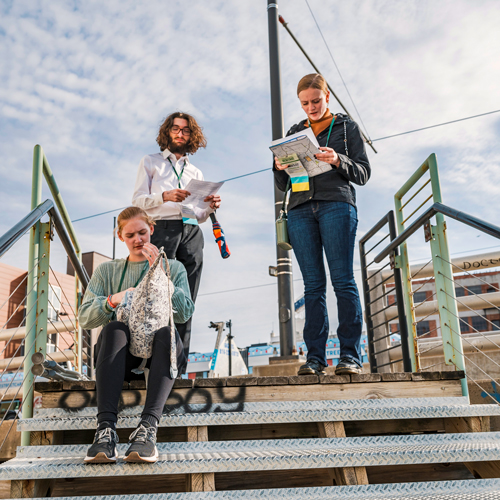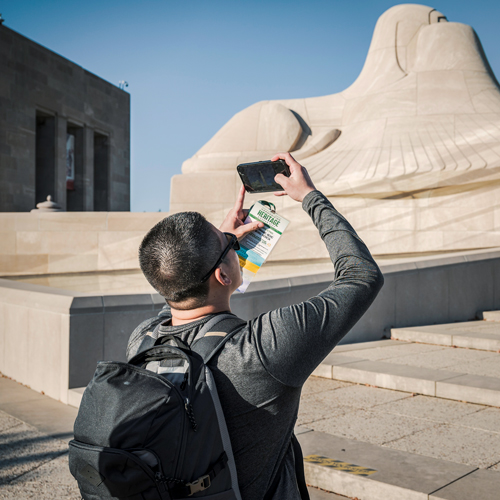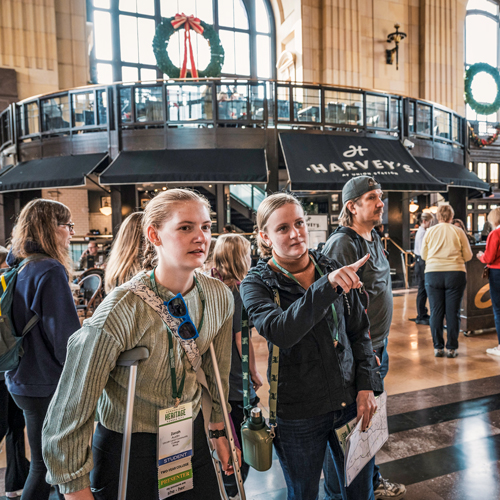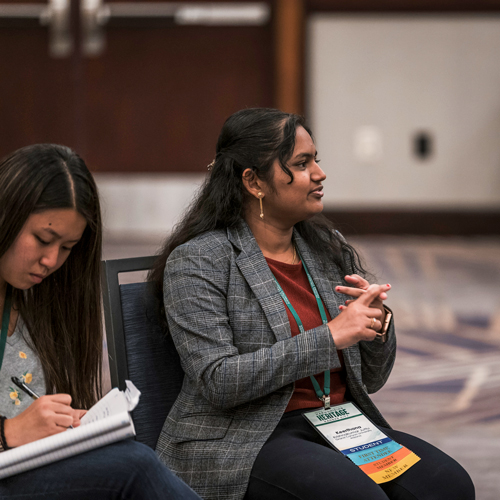| City as Text Strategies |
|
City as Text®
Place as Text and City as Text® StrategiesThe strategies used in Place as Text / City as Text explorations include: mapping, observing, listening, and reflecting. At each step, examples of how this can employ technology for multimedia documentation and presentation have been added. MappingYou will want to shape a mental construction, during and after your explorations, of the primary kinds of buildings, points of interest, centers of activity, and transportation routes (by foot or vehicle). Sketching your own map might be helpful in this construction. You will want to look for patterns of building use (housing, offices, shops, parks, recreation, etc.), traffic flow, and social activity that may not be apparent on any traditional map. Where do people go, why do they go there, and how do they get there? Technology and Multimedia ApplicationMake use of mapping software that is available through your phone. Students could also work on one shared map. (Examples: make a Google map or a Siftr map) 
ObservingYou will want to look carefully for the unexpected as well as the expected, for the familiar as well as the new. You will want to notice details of architecture, landscaping, social gathering, clothing, possessions, decoration, signage, and advertising. Try to answer the following questions: Does everybody seem to belong? Do some people seem lost or out of place? Why? Who talks to whom? In what ways is social interaction encouraged or discouraged? What feeling do you get about people as you watch them? Are they stressed, purposeful, interesting, lonely? Try to identify why you get these feelings about people. Technology and Multimedia ApplicationTake photos. Perhaps create a collaborative space online where students can share observations—maybe that’s as easy as a hashtag (#placeastext) on a preferred social media platform, or maybe it’s creating a shared space for students to return to throughout the semester. You can also continue using mapping technology or another technology that you have chosen to explore. 
ListeningListen to sounds around the environment—which sounds dominate and which recede? What do the environmental sounds tell you about how people interact with this area. If possible, you will want to talk to as many people as you can and to find out from them what matters to them in their daily lives, what they need, what they enjoy, what bothers them, what they appreciate. Strike up conversations everywhere you go. Imagine yourself as somebody looking for a job or a place to live (try to find a local newspaper), and ask about such matters as where to find a place to live, where to find a cheap meal (or an expensive one), what the politics of the neighborhood are (Do people like their neighborhood organization? The mayor? Do they like working or living here?), what the history of the neighborhood is, what the general population of the neighborhood is like (age, race, class, profession, etc.), what people do to have a good time. An important strategy is eavesdropping: How are people talking to each other? What language(s) are they using? What are they talking about? How are they connecting to (or disconnecting from) their surroundings as they converse? Technology and Multimedia ApplicationTake videos of sounds and conversations with strangers (with their permission, of course). Conduct brief interviews with your phone. But don’t forget to eavesdrop! You can also continue using mapping technology or another technology that you have chosen to explore. 
ReflectingThroughout your explorations, keep in mind that the people you meet, the buildings in which they live and work, the forms of their recreation, their modes of transportation—everything that they are and do—are important components of the city environment. They are part of an ecological niche. You want to discover their particular roles in this ecology: how they use it, contribute to it, damage it, and change it. You want to discover not only how but why they do what they do, what they see and how they see it. Like all good researchers, make sure that you are conscious of your own biases, the lenses through which you are seeing and judging, and that you investigate them as thoroughly as you investigate the culture you are studying. Technology and Multimedia ApplicationTurn a reflection into a visual story or webpage by adding your collected documents to your writing. 
|
8/5/2025 » 5/21/2026
Inclusive Excellence Training Pathway
5/27/2026 » 5/30/2026
Partners in Peace - Oslo Peace Congress